When I don’t have time to write a blog entry it’s usually because I am so busy and so immersed in these so-called flamenco adventures. That, or my mind is a jumbled mess outside of the stage or studio. Recently, it’s been a little of both. I spent the month of June preparing for my performance at The Kennedy Center, then the very next day I flew to New Mexico and started rehearsing that afternoon for the summer flamenco season at The Lodge in Santa Fe–so to say the least it’s been a busy couple of months. Being in New Mexico has given me the opportunity to descramble my brain and my plans and goals for myself in the near future. For now, I’ll share a bit about working on my choreographies in June.
On June 23rd I performed at the Kennedy Center’s Millennium Stage (you can watch the entire performance here), and for the performance I decided to debut two new pieces for the opportunity. Below is a short summary of the creative process that I saw via a Facebook feed, and it pretty well sums up the stages of creating new pieces:
1. This is awesome.
2. This is tricky.
3. This is worthless.
4. I’m worthless.
5. This might be okay.
6. This is awesome.
I’m not sure about number 6, I’ll let the audience be the judge of that…Though once I worked up the courage to watch the video, I was relatively happy with my performance. (Which isn’t to say I didn’t find a million and half ways I could improve, so I would say the creative process, especially in the performing arts where the work is performed (hopefully) over and over again, is a cyclical process with no real end point.)
If I break down the numbers a bit more in the specifics of my dances, here’s how things went; I will use the martinete choreographed as the example:
1. This is awesome.
“I’m going to do an awesome martinete that really captures the sentiments of finding one’s way as a young artist!” That was the thought behind the dance, something I’ve been focused, and often stuck on, especially as I decided if I wanted to stay in Spain or New York. (I’m the sort of choreographer who always needs some story or feeling or problem at the core of the dance, rather than just good steps arranged dynamically and musically well.)
2. This is tricky.
I’ve never danced a martinete before as a solo, so that’s definitely tricky and risky. And how do I get across the sentiments I want to get across? (Good thing the martinete inherently has some of the sentiments I was aiming to portray). But I started to put the piece together, thinking about the structure, the musicality, they dynamics, the singing, etc. And then it started to feel a bit overwhelming…
3. This is worthless.
Then I decided it was terrible and made no sense and that there was really nothing unique about it.
4. I am worthless.
And then I decided it was that I didn’t have the technique or the knowledge I needed to fulfill my ideas in #1.
4.5 I’m gonna make this work somehow.
There’s definitely a step left out in the above list. Because you don’t simply go from thinking you’re worthless to things being okay again. In my case, I worked a lot on my technique, I studied the music a lot more. And most importantly, I got over the fact that I wasn’t perfect and there would be critics of the piece, and that didn’t matter. The point was to do the dance, as best as I could for myself at the time. And what really helps to get to #5 is guidance, collaboration, and a mentor. Getting together with the musicians and rehearsing with them, along with getting advice from a mentor was essential to getting to #5.
5. This might be okay.
After rehearsals with the musicians, and working some more on my own, and then setting the lighting the day of the show, I had the piece set. It was tangibly complete, maybe very different than my original ideas, but complete, and hopefully profound enough to reach at least one person in the audience. At the end of the day, as a dancer, that’s what keeps me going, is being able to effect at least one person in the audience. After all the hours in the studio and studying, I had a product to give to the audience.
6. This is awesome.
When I was actually up on stage performing, I did feel like the piece was awesome. I was inspired in the moment and I gave everything I had to the work. I think the audience has to be the final judge of whether I came full circle and got back to #6, but I was at least content.
Here’s the video of the martinete:


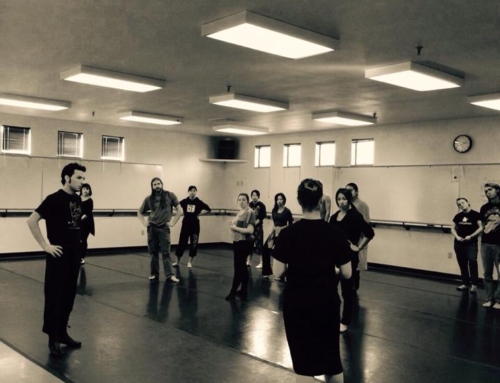
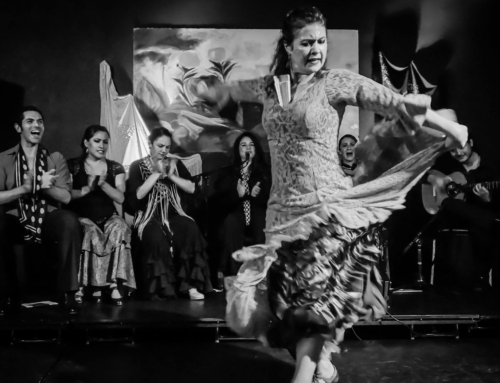



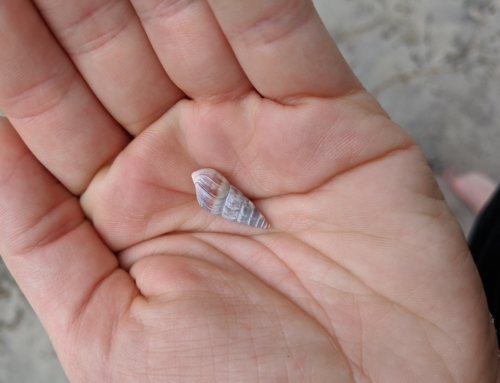
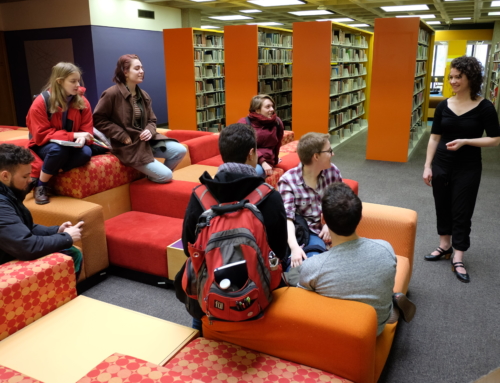
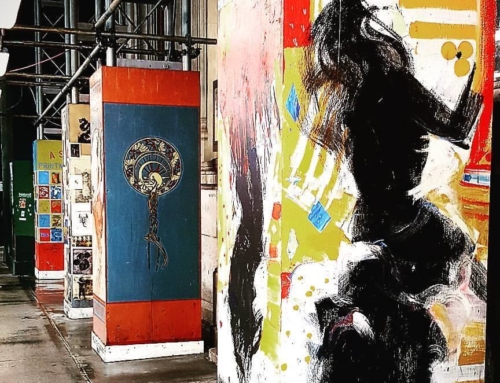
Leave A Comment